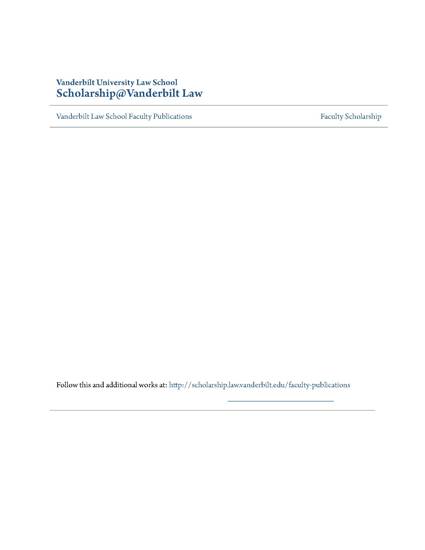
- biotechnology,
- environmental regulation,
- risk assessment,
- statutory authority
When the Environmental Protection Agency (EPA) first approved a field test of a bioengineered microbe,' one EPA official remarked: "We're not expecting this to be the rutabaga that eats Pittsburgh.' 2 But regulators cannot afford to be wrong. Bioengineered microbes may serve many useful purposes, but they may also cause harm to the environment and to human health.3 Although the risks of an accident stemming from the deliberate release of bioengineered microbes into the environment may be low, the resulting damage could be substantial. This note examines the possible consequences of two recent trends in biotechnology-the development of bioengineered microbes for environmental release and the emergence of a vigorous biotechnology industry- on federal environmental regulation. These two developments have produced regulatory confusion in an area that can ill afford uncertainty. Biotechnology companies eager to recapture their research investments through the commercialization of bioengineered products are pressing understaffed regulatory agencies to permit the release of microorganisms produced by bioengineering techniques into the environment.4 This regulatory confusion is well illustrated by the conflicting treatment the courts have given two virtually identical proposals for deliberate release experiments.
Available at: http://works.bepress.com/michael-vandenbergh/14/
